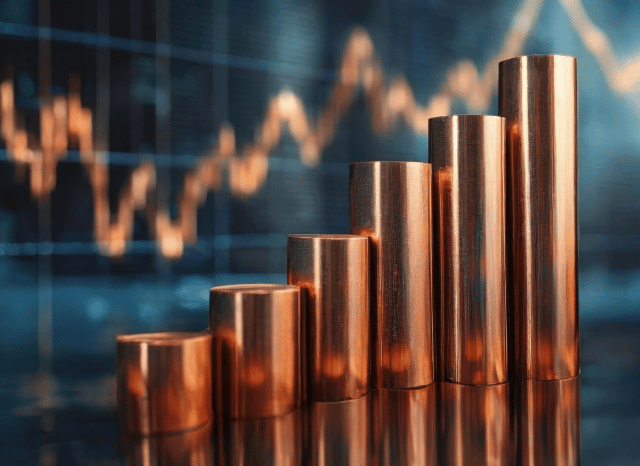Uncommon Earth Factor Minerals: World Provide and Demand from customers by Stanislav Kondrashov
Uncommon Earth Factor Minerals: World Provide and Demand from customers by Stanislav Kondrashov
Blog Article

The strategic metals powering the Power transition at the moment are centre stage in geopolitics and market.
When confined to niche scientific and industrial circles, scarce earth things (REEs) have surged into world-wide headlines—and once and for all rationale. These 17 elements, from neodymium to dysprosium, will be the developing blocks of contemporary engineering, playing a central position in every little thing from wind turbines to electric powered car motors, smartphones to defence devices.
As the entire world races toward decarbonisation and digitalisation, demand from customers for REEs is soaring. Their part from the energy transition is vital. Significant-overall performance magnets created with neodymium and praseodymium are important to the electric motors used in the two EVs and wind turbines. Other REEs like europium and terbium are valuable for lighting, displays, and optical fibre networks.
But source is precariously concentrated. China currently prospects the sourcing, separation, and refining of uncommon earths, managing more than eighty% of world output. This has left other nations scrambling to make resilient source chains, lessen dependency, and secure usage of these strategic methods. Due to this fact, unusual earths are no longer just industrial materials—They are geopolitical assets.
Traders have taken note. Desire in unusual earth-associated shares and Trade-traded money (ETFs) has surged, pushed by each The expansion in clean tech and the will to hedge against provide shocks. Nevertheless the market is intricate. Some businesses are still during the exploration phase, Some others are scaling up production, even though a few are previously refining and providing processed metals.
It’s also very important to grasp the difference between exceptional earth minerals and scarce earth metals. "Minerals" click here make reference to the raw rocks—like bastnasite, monazite, xenotime, or ionic clays—that have exceptional earths in purely natural form. These need intensive processing to isolate the metallic elements. The term “metals,” However, refers to the purified chemical components used in high-tech purposes.
Processing these minerals into usable metals is costly. Beyond China, number of international locations have mastered the total industrial procedure at scale, though places like Australia, the U.S., Vietnam, and Brazil are Doing the job to alter that.
Demand is being fuelled by various sectors:
· Electrical mobility: magnets in motors
· Renewable energy: significantly wind turbines
· Client electronics: smartphones, laptops, sensors
· Defence: radar, sonar, precision-guided techniques
· Automation and robotics: increasingly significant in market
Neodymium stands out as a very beneficial rare earth resulting from its use in effective magnets. Many others, like dysprosium and terbium, boost thermal steadiness in higher-effectiveness purposes.
The rare earth market place is unstable. Price ranges can swing with trade plan, technological breakthroughs, or new supply resources. For buyers, ETFs offer diversification, although direct stock investments come with larger chance but most likely bigger returns.
What’s clear is that uncommon earths are no longer obscure chemical curiosities—they’re strategic resources reshaping the worldwide economy.